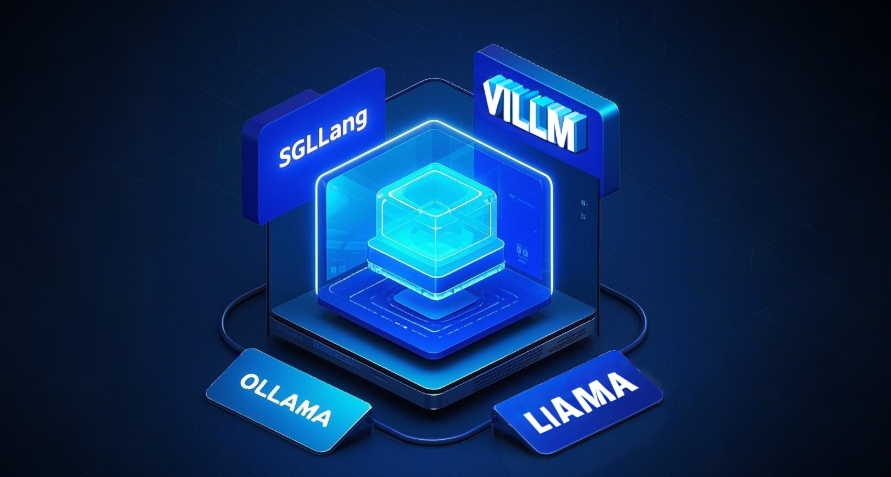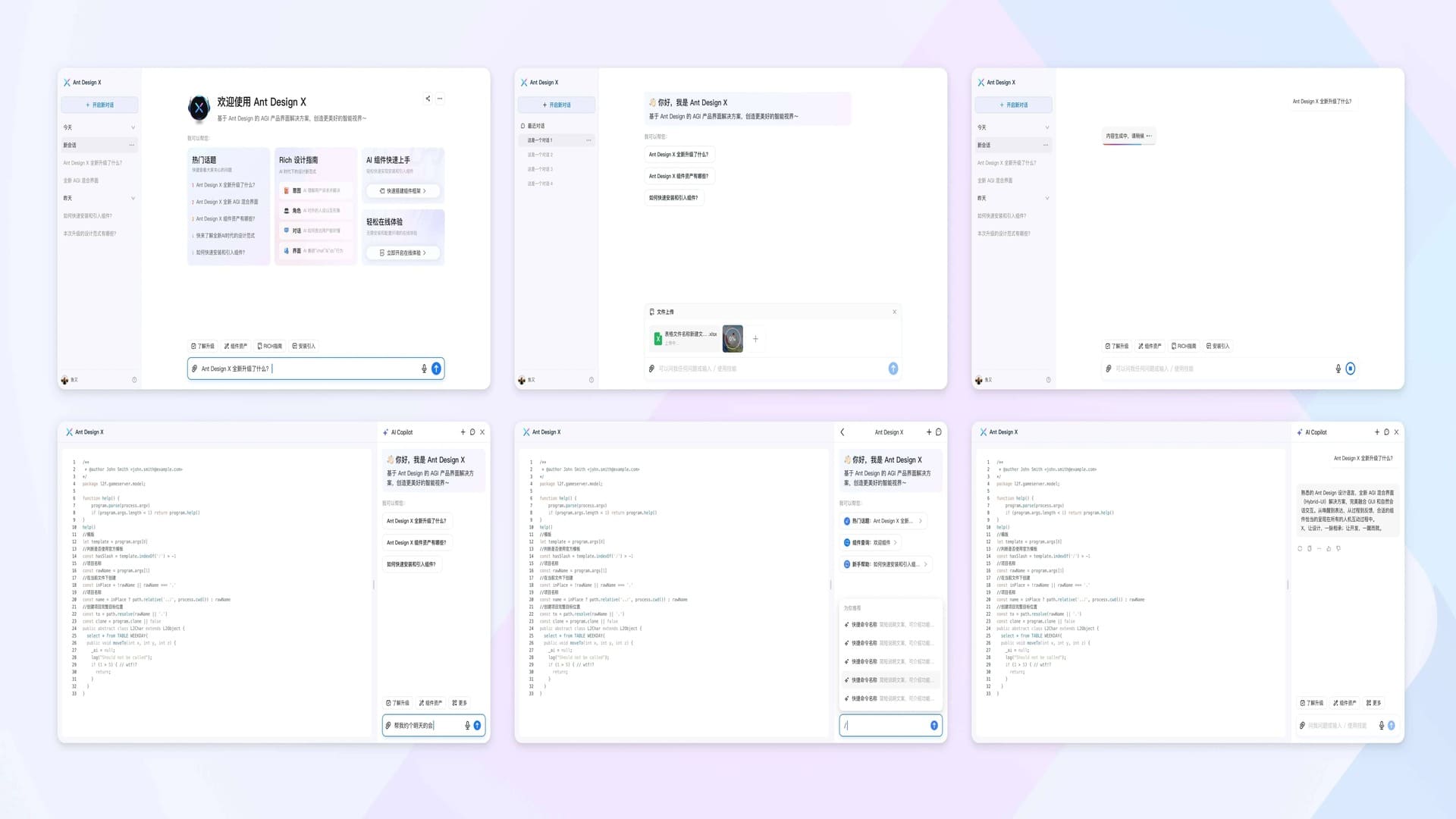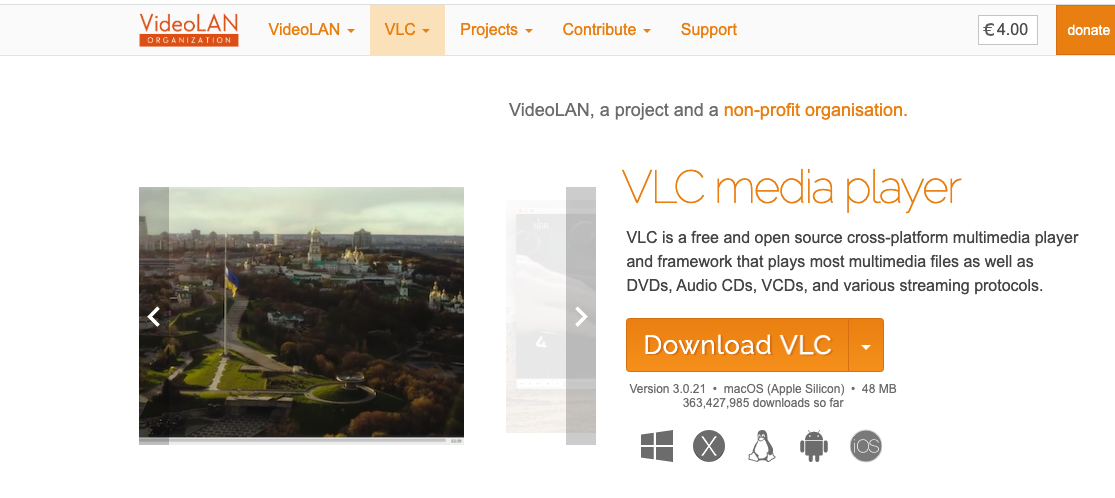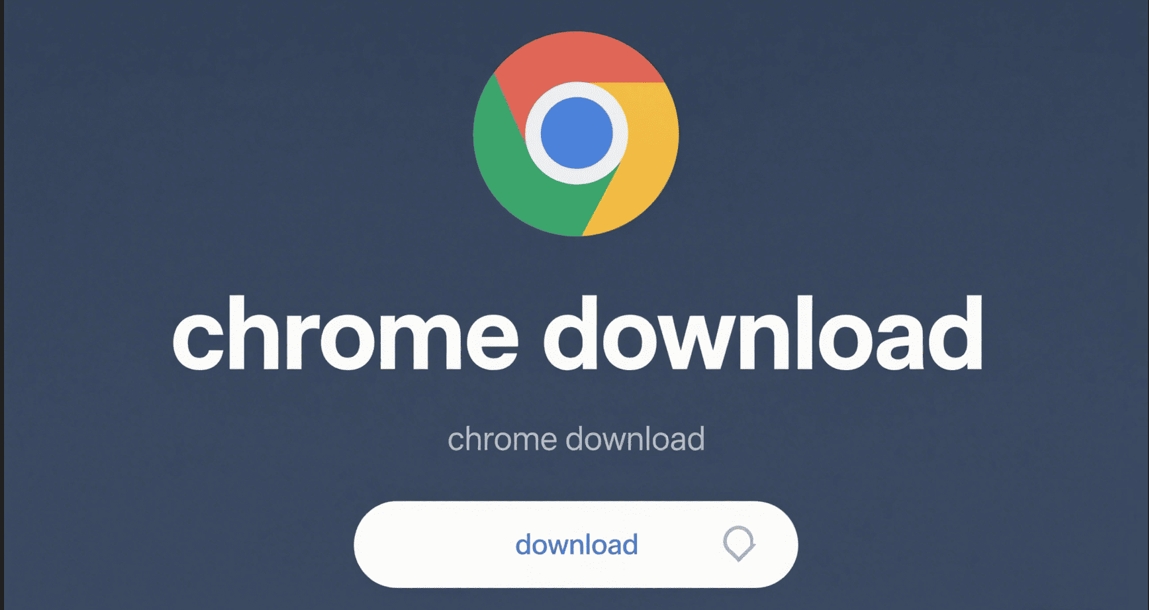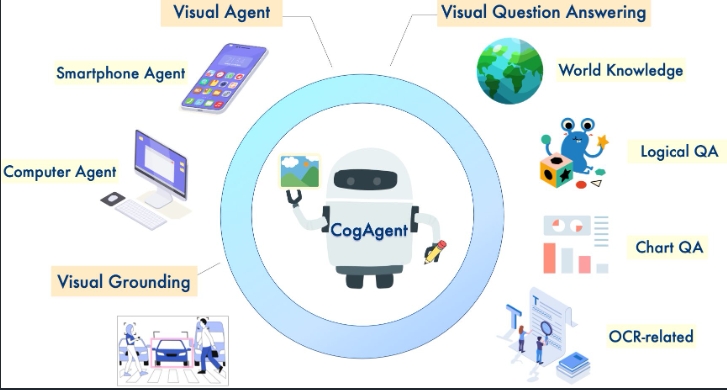GitHub Copilot Chat Extension Goes Open Source | Vibe Coding Trends and AI Code Editor Market Analysis

GitHub Copilot Chat Extension Goes Open Source | Vibe Coding Trends and AI Code Editor Market Analysis
On May 17, 2025, OpenAI announced the launch of its AI coding agent tool Codex, integrated into the ChatGPT platform, marking a new phase in AI-driven software development. Meanwhile, Visual Studio Code (VS Code) announced the open-sourcing of the GitHub Copilot Chat extension (May 19) and plans to deeply integrate its AI capabilities into the VS Code core. This series of events has further accelerated the adoption of the emerging programming paradigm known as “Vibe Coding”. This article comprehensively analyzes the future trends of Vibe Coding and its impact on the AI code editor market, based on official information, platform discussions, Codex’s release, and market reports.
I. Background: The Rise of Vibe Coding and Codex
1. Definition and Current Status of Vibe Coding
Vibe Coding is a programming paradigm proposed by AI researcher Andrej Karpathy in early 2025, emphasizing the use of natural language to describe development intentions, relying on AI for code generation, optimization, and debugging. Developers don’t need to manually write every line of code but complete development tasks through conversational interaction with AI. This approach lowers the programming threshold and enhances development efficiency, particularly suitable for rapid prototyping and creative development.
Currently, Vibe Coding has shown potential in game development, startups, and web application development. For example, X platform users mentioned that a game developed through Vibe Coding achieved $1 million in revenue within 17 days, highlighting its commercial value. Additionally, 44% of developers had adopted AI coding tools by 2023, with project completion time reduced by up to 55%.
2. Features of OpenAI Codex
OpenAI’s Codex is an AI coding agent designed for professional developers, integrated into ChatGPT Pro, Enterprise, and Team versions, with plans to extend to Plus and Edu versions. Codex supports the following core features:
- Parallel Task Processing: Can simultaneously execute code generation, debugging, test suite generation, and other tasks, outperforming
Cursor(which relies on manual file selection) andWindsurf(limited by sequential multi-tab processing). - Secure Sandbox Environment: Codex runs in an isolated virtual environment without external API access, reducing data leakage risks, suitable for enterprise-level requirements.
- Natural Language Interaction: Developers input task descriptions through a simple text box, and Codex automatically executes and provides explainable code output.
Discussions on X platform (such as @nikshepsvn) suggest that Codex is pushing Vibe Coding from a beginner’s tool to professional development, potentially ushering in an era of “Vibe products and Vibe businesses”.
3. VS Code’s Open Source Strategy
Microsoft aims to create a unified, community-driven AI coding platform by open-sourcing the GitHub Copilot Chat extension and integrating its AI capabilities into the VS Code core. This move not only enhances VS Code’s ecosystem competitiveness but also attracts developer community participation in innovation through the MIT License. X users (such as @zhangjintao9020) point out that this may weaken the advantages of competitors like Cursor and Windsurf that are based on VS Code branches.
II. Current Status of AI Code Editor Market
According to market research reports, the AI code tools market is growing rapidly:
Market Size
- 2023 market size: $4.3 billion
- Expected to reach $12.6 billion by 2028
- Compound Annual Growth Rate (CAGR): 24.0%
Regional Distribution
- North America holds the largest share (about 40% in 2023), benefiting from technological infrastructure and major players (such as Microsoft, OpenAI)
- Asia-Pacific region growing fastest (CAGR about 15%), with China and India rising rapidly due to policy support and market demand
Market Segments
- Integrated Development Environments (IDE): 45% market share, with platforms like VS Code leading due to efficiency and AI integration
- Code Review Tools: 30%, focusing on code quality and collaboration
- Automated Testing Tools: 25%, such as Katalon, using AI to improve testing efficiency
Major Players
- Microsoft (
GitHub Copilot) - OpenAI (
Codex) - Google (
Firebase) - ByteDance (
Trae) Cursor,Windsurf, etc.
Market Drivers
- Complex Project Requirements: Increasing software development complexity, AI tools reducing development difficulty through automation
- Developer Shortage: Surging global demand for skilled developers, AI tools filling the talent gap
- DevOps and Cloud Integration: AI tools supporting continuous integration/continuous deployment (CI/CD), seamless collaboration with cloud platforms
III. Future Trends Prediction for Vibe Coding and Codex
Based on Codex’s release, VS Code’s open source strategy, and market reports, the future development trends of Vibe Coding will be reflected in the following aspects:
1. Vibe Coding Adoption and Ecosystem Integration
The AI integration of Codex and VS Code will accelerate the adoption of Vibe Coding, especially in professional developer and enterprise markets.
- Codex’s parallel task processing and sandbox security features make it suitable for large codebases and enterprise-level development, addressing the limitations of early Vibe Coding tools (like Cursor) in complex projects.
- VS Code’s open-sourcing of GitHub Copilot Chat allows developers to customize AI features, potentially spawning numerous Vibe Coding-based extensions, further enriching the ecosystem.
Market Impact: X users (such as @vibecodeonx) predict that Codex may introduce a local-cloud hybrid mode, combined with VS Code’s free AI features, reducing costs and attracting more small and medium-sized enterprises and startups.
2. Reshuffling of Competitive Landscape
The combination of Codex and VS Code will pose significant challenges to Cursor and Windsurf.
- Cursor: Its Composer mode (multi-file editing and project-level code generation) excels in long task processing, but Codex’s parallel execution and enterprise-level security features may attract high-end users. X users (such as @MSanchezWorld) suggest that OpenAI might acquire Windsurf to enhance the beginner experience, compensating for Codex’s “professional” UI limitations.
- Windsurf: Its Cascade feature (automatic context selection) has advantages in the beginner market, but VS Code’s free AI features may weaken its market share.
- Other Players: Small vendors like
TabnineandCodiumAImay find niche markets by focusing on specific areas (such as test generation) or open-source models (likeMeta’sCode Llama).
Market Impact: The market may see polarization: VS Code and Codex dominating enterprise and professional markets, while smaller tools focus on beginners or specific industries.
3. Transformation of Developer Roles
Vibe Coding will drive developers’ transformation from “code writers” to “AI collaborators” and “system architects”.
- Enterprise reports show that
Vibe Codingprojects can reduce developer turnover by 30%, as they emphasize creativity and well-being rather than technical details. - Educational institutions are adjusting curricula, increasing prompt engineering and AI collaboration skills training, reducing reliance on syntax and algorithms.
Market Impact: Developers need to master interdisciplinary skills (such as psychology, linguistics) to better interact with AI. X platform discussions (such as @nikshepsvn) suggest that Vibe Coding may usher in a “Vibe product” era, where non-programmers can quickly develop prototypes through AI.
4. Continuous Optimization of Security and Quality
As Vibe Coding becomes more widespread, the quality and security issues of AI-generated code will improve.
- Codex’s sandbox environment and design that rejects malware generation sets a security benchmark for the industry.
- VS Code’s open-source community may develop more powerful AI code review and testing tools, addressing the code understanding and vulnerability risks mentioned by critics like
Simon Willison.
Market Impact: Enterprises will prefer tools like Codex and VS Code for their advantages in security and explainability.
5. Regional Market Differentiation
The Asia-Pacific region will become the fastest-growing market for Vibe Coding.
- China is driving AI coding tool development through policy support (such as ByteDance, Baidu, Tencent’s AI tools) and technological investment.
- India’s Vibe Coding tool adoption rate will rise rapidly due to its large population and demand from finance, retail, and other industries.
Market Impact: The Asia-Pacific region’s low-cost development needs will drive the adoption of free or low-cost AI tools (such as VS Code’s free AI features).
IV. Challenges and Risks
- Code Quality and Maintenance: Vibe Coding’s reliance on AI-generated code may lead to insufficient developer understanding of code logic, increasing long-term maintenance costs. Experts like Gary Marcus warn that debugging AI-generated code may be more time-consuming than traditional development.
- Security Risks: Despite Codex’s sandbox environment, other tools may expose vulnerabilities due to lack of strict security measures.
- Technical Dependence: Over-reliance on AI may weaken developers’ core programming skills, with X users (such as @tahir_diablo) concerned about potential “black box” development.
V. Related Links
More Articles
![OpenAI 12-Day Technical Livestream Highlights Detailed Report [December 2024]](/_astro/openai-12day.C2KzT-7l_1ndTgg.jpg)

